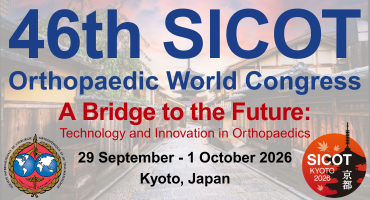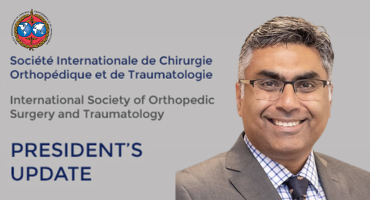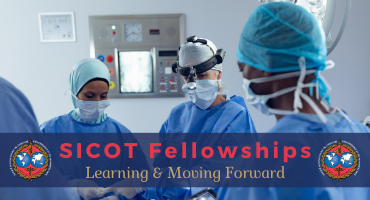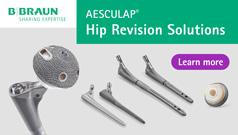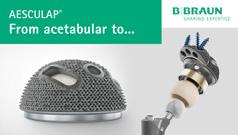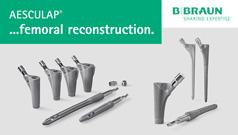Impact of on-scene time interval on survival in traumatic out-of-hospital cardiac arrest
Injury. 2025 Oct 15:112821. doi: 10.1016/j.injury.2025.112821. Online ahead of print.
ABSTRACT
OBJECTIVE: This study aims to assess the impact of the on-scene time interval on survival in traumatic out-of-hospital cardiac arrest (TOHCA) patients and to determine the threshold for the optimal on-scene time interval.
METHODS: We analyzed TOHCA patients aged >15 years in South Korea from January 2019 to December 2021. The on-scene time interval was defined as the duration spent at the scene, from emergency medical service (EMS) arrival at the scene to departure for the hospital. The primary outcome was survival to discharge. Mixed-effects logistic regression analysis was performed to assess the impact of the on-scene time interval on the outcome, adjusting for demographic variables and Utstein factors. We also performed a restricted cubic spline analysis to determine the optimal on-scene time interval associated with survival to discharge.
RESULTS: A total of 6106 TOHCA cases were included, with a survival to discharge rate of 3.7 %. Each 1 min increase in the on-scene time interval was associated with a 2 % decrease in the odds of survival to discharge (adjusted odds ratio [aOR]: 0.98, 95 % confidence interval [CI]: 0.96-0.99). The restricted cubic spline analysis showed a decrease in the odds of survival to discharge after 10 min of on-scene time interval. Additionally, TOHCA patients with on-scene time ≥20 min had a 51 % lower probability of survival to discharge compared to those with <10 min (aOR: 0.49, 95 % CI: 0.27-0.89).
CONCLUSION: A prolonged on-scene time interval has a negative impact on survival to discharge in TOHCA patients. Specifically, the probability of survival to discharge declined after 10 min on scene and was substantially lower when the interval exceeds 20 min.
PMID:41145320 | DOI:10.1016/j.injury.2025.112821






